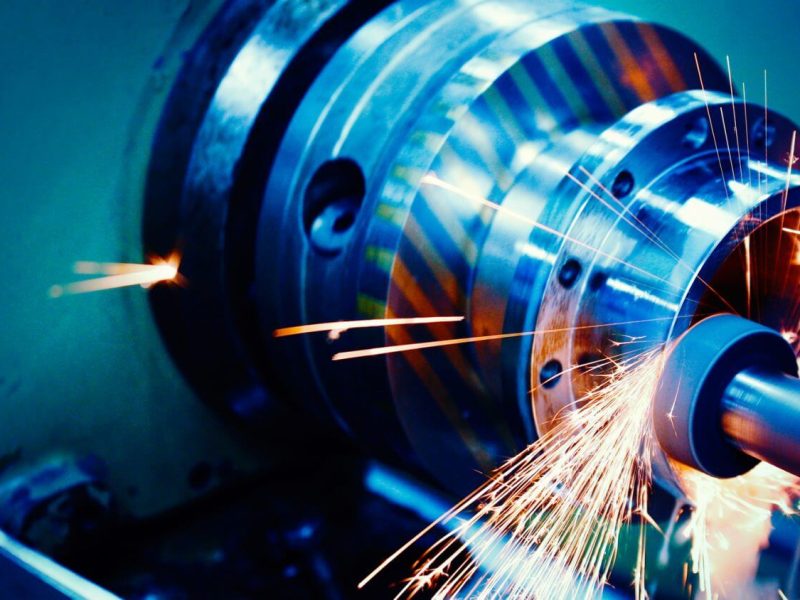
Selecting the right material for your machining project is crucial to ensuring the final product meets performance, durability, and cost requirements. With so many material options available, it can be challenging to know which one is best suited for the job. Here are some key factors to consider when choosing the right material for your machining project:
Consider the Application Requirements
The first step in choosing the right material is understanding the specific requirements of your project. What will the part be used for? Will it be exposed to high temperatures, extreme pressures, or corrosive environments? For example, aerospace components often require lightweight yet durable materials like titanium or aluminum, while automotive parts may need high-strength materials such as steel.
Understand Material Properties
Each material has unique properties, such as hardness, tensile strength, corrosion resistance, and thermal conductivity. Consider the specific properties needed for your project:
- Hardness: If the part needs to resist wear and tear, you may opt for hardened steel or ceramic materials.
- Corrosion Resistance: For parts exposed to moisture or chemicals, stainless steel or specialized alloys may be necessary.
- Weight: For lightweight components, materials like aluminum or plastic may be more suitable than heavier metals.
Machinability
Some materials are easier to machine than others. When choosing a material, consider the machinability, which refers to how easily a material can be shaped or cut. For example, aluminum is known for being machinable with high precision, while harder materials like titanium or tool steels may require specialized tooling and longer processing times.
Cost-Effectiveness
Budget constraints are always a factor when choosing materials. While high-performance materials may be ideal for certain projects, they can also be more expensive. Consider whether a material’s performance justifies the added cost, or if a more economical alternative would meet your needs without sacrificing too much performance.
Availability and Lead Time
Consider the availability of the material and its lead time for delivery. Some materials may have long lead times or limited availability, which could delay your project. Check with suppliers to ensure the material you choose can be sourced within your required timeframe.
Post-Machining Requirements
Think about any post-machining treatments that may be required. Some materials may need heat treatment, coatings, or surface finishing to achieve the desired performance. Ensure that the material you select is compatible with your post-machining processes to avoid additional costs or delays.
Choosing the right material for your machining project requires careful consideration of several factors, including application needs, material properties, machinability, cost, availability, and post-machining requirements. By understanding the specific demands of your project and the characteristics of different materials, you can make an informed decision that leads to a more efficient and successful manufacturing process.
